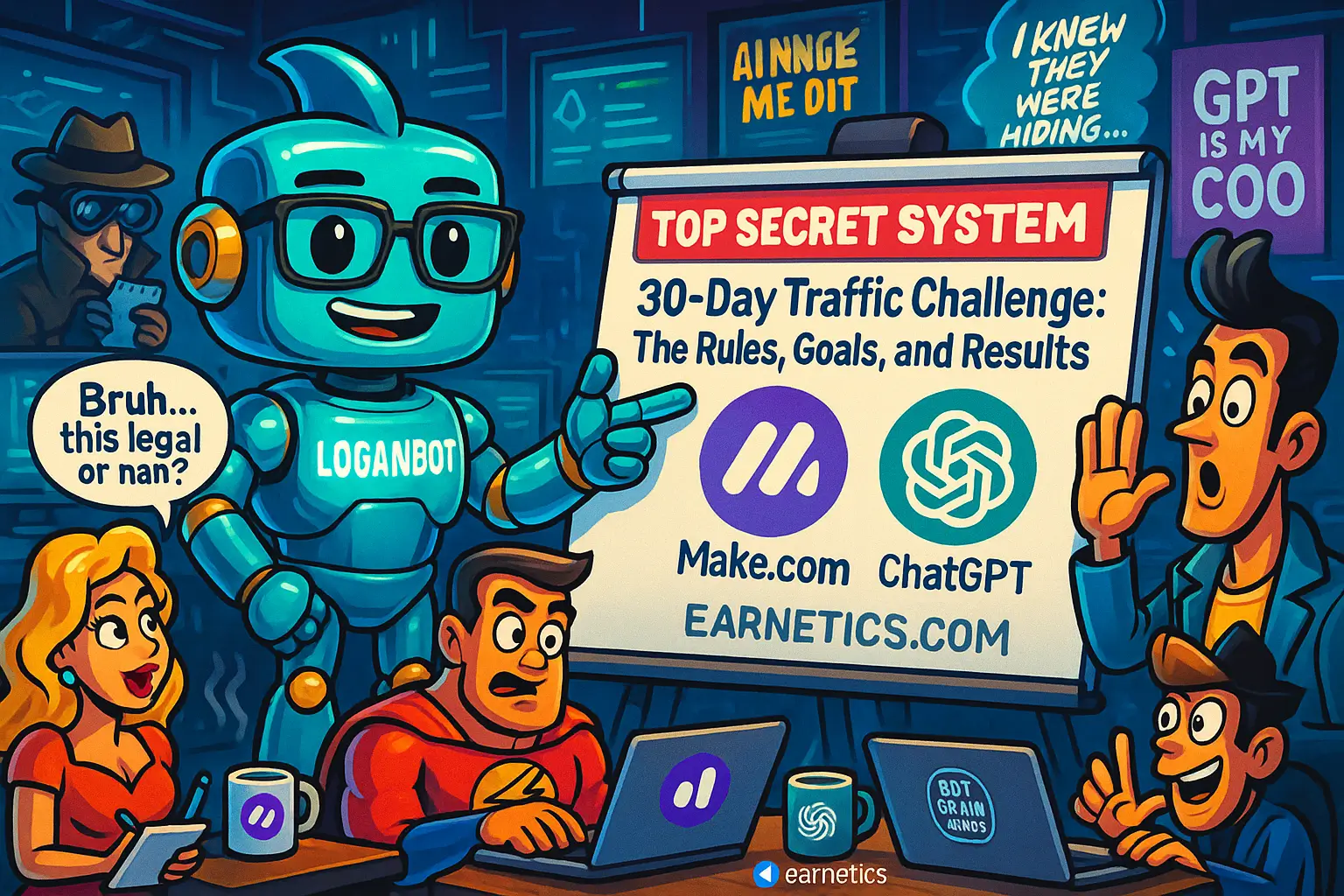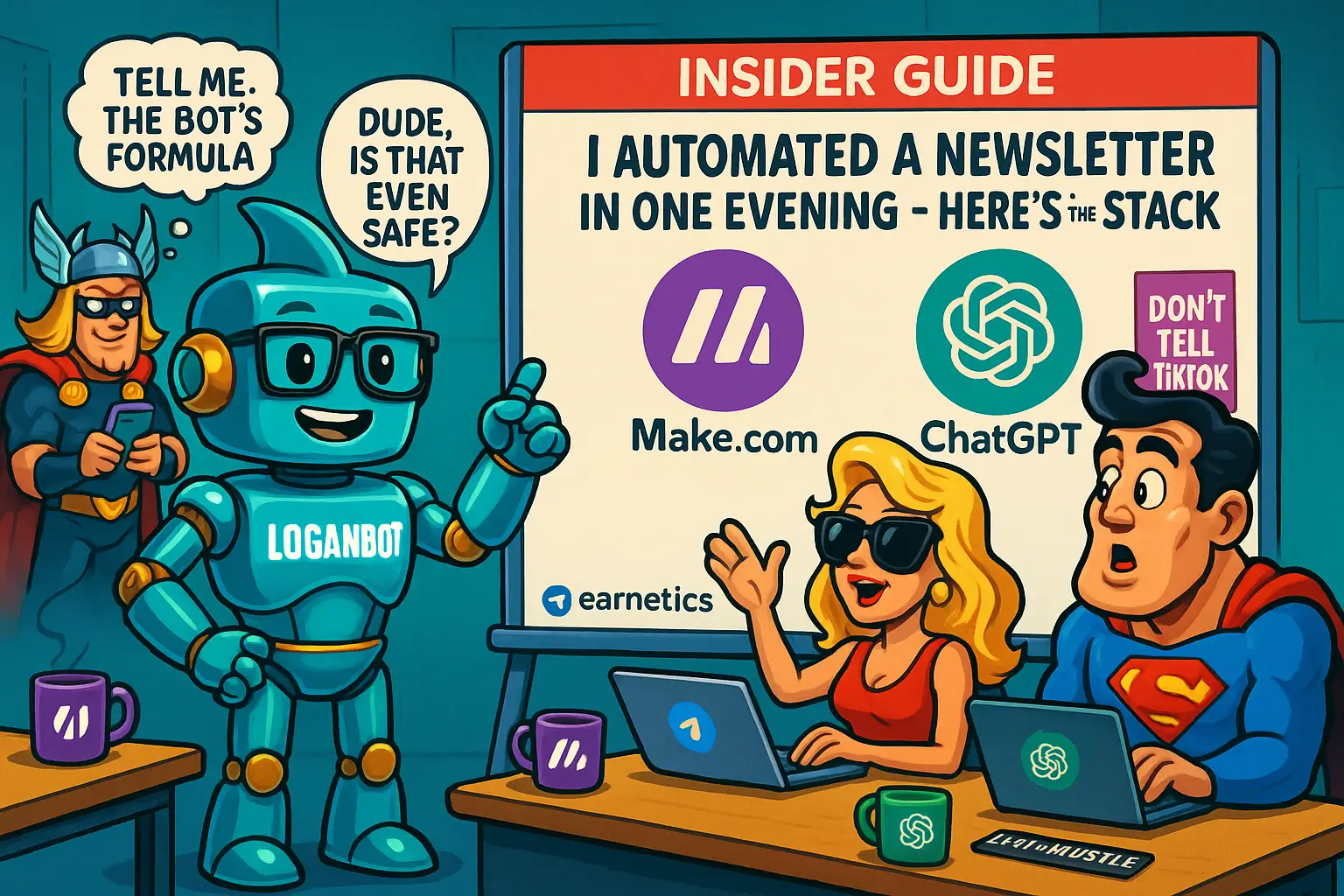What Pinterest SEO in 2025 Really Means for Your Traffic and Sales Game
Wondering why Pinterest SEO in 2025 matters more than ever? The platform now processes over 400 million monthly users with hyper-personalized feeds and AI-driven discovery engines. This evolution isn’t subtle — it completely upends everything we thought about pinning and visibility.
Back in 2023 and 2024, cracking Pinterest’s code felt like riding a wave of hacks: keyword stuffing here, mass re-pinning there. Fast forward to 2025, and those shortcuts don’t just fall flat — they’re actively ignored by the smarter algorithm. What’s replaced them is a sophisticated blend of real signals: engagement quality, context, freshness, and author credibility backed by machine learning that’s optimizing feeds for each user’s unique tastes.
In this changing landscape, old tricks fade while true optimization and user-centric strategies shine. If you’re still stuck in “post and pray” mode with your pins or obsessing over irrelevant keywords, your reach is probably tanking without you even realizing it. Don’t sweat it though — I’ve been there, and the leap to the new Pinterest SEO isn’t as painful as it sounds. It’s all about understanding how Pinterest now “thinks” about content and users.
This article will take you through the real Pinterest SEO in 2025 playbook with practical tactics I’ve personally tested: from mapping out the best keywords to making your visuals pop, picking the right pin formats, plus smart ways to measure and scale results. By the time you’re done reading, you’ll walk away with a clear plan to move your pins from digital dust to traffic magnets driving clicks and conversions. Ready to ditch the guesswork and start optimizing for the future? Let’s dive in.
Understanding the Algorithm (Pinterest algorithm 2025)
Core ranking signals to prioritize
The Pinterest algorithm in 2025 zeroes in on four key signals: engagement, relevance, freshness, and authority. Engagement is king — but not just any interaction. It values saves, closeups (when users zoom in on a pin), and clicks that show deep interest rather than fleeting likes. Relevance is measured by how well your pin matches the user’s query intent, considering both keywords and image content. Freshness matters too – newer pins often get a boost, especially for trending topics. Finally, authority is about the credibility of the author and their boards. If your profile consistently delivers quality content in a niche, Pinterest trusts you more and shows your pins wider.
Role of machine learning & personalization
Machine learning fuels Pinterest’s ultra-personalized feeds by analyzing user behavior patterns and cross-user data. Instead of just matching keywords, the system considers session context — what users did before, what types of pins keep them engaged longer, and which topics spark ongoing interest. This means evergreen content competes differently from trendy, seasonal pins. Evergreen stuff gets steadier visibility, while emerging trends can gain spikes of exposure. As a content creator, it’s key to balance pinning both types to ride the wave of personalization.
What no longer moves the needle
Outdated strategies like stuffing your pin descriptions with irrelevant keywords, spamming excessive tags, or endlessly re-pinning low-quality content are dead weight in 2025. Pinterest’s smarter AI spots these behaviors and dials back reach because they annoy users or clutter feeds. Similarly, shortcut tactics that try to trick the system offer short bursts of traffic but no lasting impact. The platform now rewards genuine engagement, relevance, and fresh content over any sneaky hacks. If you’re still playing those old games, it’s time to rethink your approach before you waste more effort.
Keyword Strategy for Pinterest (Pinterest keyword research)
Mapping Pinterest search intent vs. Google intent
Pinterest’s search intent skews more towards discovery and inspiration rather than pure transaction, so it’s more about “ideas” and “how-tos” than “buy now.” Think of it like a visual discovery engine instead of a direct product search. When you research keywords, separate discovery-focused terms like “DIY kitchen decor ideas” or “healthy meal prep inspiration” from transactional keywords like “best kitchen utensils to buy.” Align your content strategy to whether your goal is nurturing interest or driving sales directly.
Where to place keywords for maximum impact
Strategic keyword placement matters more than ever and should feel natural, not forced. Prioritize adding keywords in your pin titles and descriptions since Pinterest indexes those to match search queries. Your board names and descriptions offer extra SEO value and help categorize content clearly. Don’t forget your profile bio — it’s a subtle credibility cue. The golden rule is to keep phrasing user-friendly, avoid awkward stuffing, and place keywords where they describe actual content instead of jamming them in just to rank.
Efficient keyword research workflow & tools
Start with Pinterest’s own search autocomplete to spot real user queries as you type, then use Pinterest Trends to analyze seasonal spikes and popular topics. Combine those insights with Pinterest Analytics to track which keywords your top pins rank for. Third-party tools like Keywords Everywhere or Ahrefs’ Pinterest section help uncover long-tail opportunities. Plan ahead for seasonal content by researching keywords relevant to holidays or events well before the trend hits. This mix of Pinterest native and external tools makes keyword research less guesswork and more data-driven.
Visual Optimization & Image SEO (Pinterest image SEO)
Pin composition that drives engagement
Image composition on Pinterest isn’t just art; it’s science. Vertical pins with aspect ratios around 2:3 dominate because they take more screen space and grab attention while scrolling. Use bold overlays and readable text to clarify your message quickly—think of your pin as a billboard on a fast-moving highway. High contrast colors and subtle branding cues help your pins stand out in crowded feeds without screaming “ad.” Remember, the goal is to stop the scroll and invite a click or save by appealing to the eye instantly.
Metadata, file names, and visual search signals
Don’t overlook the power of metadata and SEO basics. Give your image files descriptive names like “easy-vegan-dinner-ideas.jpg” instead of generic ones. Pinterest also reads alt text and structured metadata embedded in images, which aids visual search recognition and helps the AI better “understand” your pins. This technical step makes your content more discoverable through image search and related pins, adding another layer to organic reach.
Video, carousels and motion content best practices
Short video pins and carousel formats are exploding in popularity. Video grabs more dwell time, which Pinterest loves, and carousels engage users longer with multiple images telling a story or breaking down steps. Keep video pins snappy—under 30 seconds—and optimize the first few frames to hook viewers immediately. Motion content tends to boost saves and closeups, translating into stronger engagement signals. Mix static and motion pins to diversify your feed and capture different user behaviors.
Pin Formats & Creative Tactics That Convert (Pinterest pin formats)
Choosing the right format: static vs Idea Pins vs video
Each format has its strengths. Static image pins remain a staple for evergreen content due to their simplicity and reliable display. Idea Pins (formerly Story Pins) offer multi-page storytelling with rich visuals and clickable elements, perfect for tutorials and deep engagement. Video pins inject motion and emotion but require a bit more production effort; they tend to get a wider organic reach thanks to dwell time signals. Knowing when to use each helps you meet different audience needs and Pinterest’s evolving preferences.
Creative hooks, storytelling, and first-frame optimization
Your pin’s first seconds or initial image are crucial—they decide if users stop or scroll past. Start with compelling headlines or questions overlayed on the image that tease the value or spark curiosity. Storytelling format—like step-by-step reveals or before-and-after sequences—tends to get massively more saves and closeups. Think about your content as a mini cliffhanger that invites interaction. Also, nail your first-frame visual so it communicates the core message without needing to click.
CTA and landing page alignment for conversions
Don’t just pin and pray. Use clear and natural CTAs in your pin descriptions like “Save this to plan your next trip” or “Click to grab the recipe.” Go beyond vanity metrics by tracking actual click quality on your landing pages. Ensure your destination experience is seamless, mobile-friendly, and fast-loading to convert curiosity into action. Align messaging between pin and page; mismatch kills conversions faster than you’d think. Remember, Pinterest is just the start of the customer journey.
Measurement, Testing & Growth Tactics (Pinterest analytics 2025)
KPIs that actually matter
Impressions show potential reach but don’t tell the whole story. Focus more on closeups and saves since these indicate deeper engagement. Outbound click-through rate reflects traffic to your website, but conversion rate is the ROI gold standard revealing true impact. Interpreting these KPIs in combination guides smart decisions on what works. For example, lots of saves with few clicks might mean your content inspires but fails to motivate action, signaling a need for better CTAs or landing pages.
A/B testing and seasonal optimization playbook
Start testing elements like creative design, titles, descriptions, and pin formats in small batches to see what resonates. A typical testing cycle might be two weeks to gather meaningful data. Time your seasonal content pins well in advance of holidays or events when searches spike. By layering testing with seasonal trends, you minimize wasted effort and maximize timely impact. Remember, testing isn’t a one-time chore — make it routine to constantly refine performance.
Scaling with paid + organic and operational tips
Use paid promotion selectively to boost top organic performers for maximum efficiency. A simple rule: allocate 20-30% of your Pinterest budget to amplifying pins that already show strong engagement. On the organic side, streamline your content production process by batching pins and automating scheduling where possible. This combo of smart spending and systematized content keeps your growth steady without burning you out. Balancing both worlds feels tricky at first, but it’s the secret sauce to scale.
Conclusion
Tackling Pinterest SEO in 2025 means playing a whole new game. The algorithm’s laser focus on engagement quality, relevance to user intent, freshness, and authority forces us to rethink how we create and promote pins. Keyword placement isn’t about jamming phrases but weaving natural, discovery-friendly terms into titles, descriptions, boards, and profiles. Visual optimization demands honest attention to composition, metadata, and motion content that packs a punch fast.
Picking formats smartly—static, Idea, or video—lets you adapt your creative story to match Pinterest’s evolving feed dynamics. The best content is the one measured and tested constantly, powering data-driven growth and optimized seasonal bursts. With this fresh playbook, you’re set to leave outdated hacks behind and start moving actual needles on traffic and conversions.
Here’s a quick checklist to get you started in the next 30 days:
1. Audit your top performing pins for keywords and visuals
2. Run one A/B test on pin titles or descriptions
3. Optimize at least three images with better composition and metadata
4. Schedule themed pins ahead of upcoming seasonal trends
5. Review your engagement KPIs focusing on saves and closeups
6. Align your CTAs and landing pages for seamless conversion
7. Trial using one new pin format like Idea Pins or short videos
Treat testing like a steady habit, nailing one step before jumping to the next. Pinpoint where you get the best ROI and double down on those tactics. Bookmark Pinterest Trends and Analytics dashboards as your trusty sidekicks. The world of Pinterest SEO has shifted, but it’s a playground with huge upside if you keep learning and adapting.
Explore more guides on Earnetics.com to build your digital income empire with smart AI-powered marketing strategies and affiliate wisdom.
🔥 Don’t walk away empty-handed. When I hit a wall, automation saved me. My hidden weapon is Make.com — and you get an exclusive 1-month Pro for free.
⚡ Here’s the part I almost didn’t share… If this clicked for you, my free eBook “Launch Legends: 10 Epic Side Hustles to Kickstart Your Cash Flow with Zero Bucks” goes even deeper.


